As promised, below is an excerpt from my book on Metal Dolls. Enjoy!
Chapter 2
Toy Soldiers
In the First World War soldier dolls and tin
soldiers sometimes served in the chauvinistic and militant training of the young. The spirit of war
entered the nursery.
Manfred Bachman
Dolls the Wide World Over
Millions of children throughout the centuries have enjoyed fighting mock battles with toy soldiers. Little boys and girls have long saved their pennies and pocket money to buy small figures of lead and tin with which to people their dreams of heroism nd glory. In fact, the Brontë children's earliest literary endeavors were stories that they wrote about a set of toy soldiers that belonged to Branwell Brontë. Much has been written about the dangers of war toys, including soldiers. Yet, all the criticism does not seem to quell interest in them. One wonders why this is so; recent films including Apocalypse Now, The Killing Fields, Platoon, and Saving Private Ryan have accurately, perhaps too accurately, portrayed the horrors and senselessness of war. In the same light, many novels like Stephen Crane's The Red Badge of Courage and Wilfred Owen's poem "Dulce et Decorum" have also done much to debunk the romanticism of a soldier's life. Yet, children still adore toy soldiers. Some may claim that playing with war toys is cathartic because such play allows children to act out their aggressions in harmless settings, while others may seek to foster courage and patriotism through soldier play. One need only think of Lovelace's famous poem, "To Lucasta on Going to War" and its famous line, "I could not love thee so, dear, loved I not honor more."
At least one teacher I know who is an expert in children's literature has implied that war games, and even violent play, are an innate part of childhood. She has observed that, even if one takes away all toy guns from a little boy, he will chew a peanut butter sandwich into a gun, point it, and shout, "Bang! Bang!" Whatever the reason for their existence, however, toy soldiers, particularly of metal, are here to stay, and are more popular than ever.
The earliest model soldiers were probably made of wood. They represented Prince Ensah's guard and date to the twelfth Egyptian Dynasty, 2000 B.C. Like other dolls, the early toy soldiers were not meant to be toys. Rather, they accompanied their deceased owners to the underworld. One historian has said that model solders were not really popular in the Ancient world, (Alberini 5), but he then cites a Roman legionary made of tin from the Imperial Epoch (6). Also, a fifteen inch bronze model of an equestrian survives from ancient Greece. Flat lead soldiers existed in Rome in the third century A.D. The most famous model soldiers of recent times are probably the life-sized army of Chinese figures which numbered in the thousands and once adorned an emperor's tomb. These are currently reproduced as clay miniatures and may be purchased in many import and specialty stores.
As toys, model soldiers first appeared in the Middle Ages (Fawcett 215). Of these, Leslie Gordon has said that "[e]xcept for the ancient 'magic' doll, it is possible that the toy soldier, who made his first appearance in Europe in Medieval times, was the first doll to be made of metal" (43). Some of these soldiers may have had model accessories and buildings. For example, there is a four inch wooden model of the Bloody Tower of the Tower of London which may have belonged to the Little Princes murdered there. One author speculates that this model had little figures, perhaps made of metal, to go with it (Garrat 12). Such a concept is not hard to envision; even ancient dolls had tiny dishes and other accessories with them, and companies like Playskool and Lego, manufacturers of educational playthings, make toy castles complete with knights and guards.
Interest in toys that teach is not unique to our century. In the fifteenth century, historical model soldiers first appeared. Marie d' Medici is supposed to have had silver toy soldiers made for her son, Louis XIII (Alberini). As an adult, Louis supposedly melted them down to fund his wars (6). Bronze-cast tournament toys existed as early as 1490 and the Kunst Historiches Museum in Vienna has several examples. Also, the toy museum in Salzburg has a large collection of toy soldiers and model figures. One group represents five members of the ski patrol. They are complete to their clubs, rifles and ski poles.
Another group from the Salzburg Museum represents an open carriage with two, well-dressed passengers. The driver and his groom wear plumed helmets and the horse are white. The entire piece is well- painted and appears to be beautifully preserved. Still another interesting arrangement represents a group of jockeys. Part of the display includes dice, coins, and other paraphernalia of gambling. In the background is a flier explaining the steeple chase.
Some of these early soldiers and models were breathtaking in detail. One incredibly intricate lead musketeer is French and dates from about the time of Henry IV. It stands three inches (Garrat 13). At Cluny are two Medieval knights made of tin. Some of the Cluny soldiers were worked in gold and silver decorated with enameled bronze (Harris 8). A similar ship with soldiers in the Victoria and Albert Museum is German in origin. One of these ships represents Charles V and his court moving on deck (8).
By the early sixteenth century, some model and toy soldiers were on rollers and held miniature lances. The eighteenth century discovery of alloys facilitated the manufacture of toy soldiers (Alberini 7). Now, other metals could be mixed with the inexpensive tin to make a variety of goods. Standardized uniforms also came into use. As a result, the figures could be mass produced. Early boxed sets were sold unpainted by military unit in wooden boxes. They came in weights of 1 lb, 1/2 lb and 1/8 lb. Each kit contained from twenty to 150 soldiers (7). It is difficult to determine which manufacturer made these early soldiers because they were made before registration laws existed. Some manufacturers, however, marked their figures with initials (White 58).
Apparently, Frederick the Great inspired the creation of model soldiers in England (Hillier APOT 70). One early version was a "flat soldier," 30 mm in height (70). This height became standard for one maker, Henrichsen of Nuremburg, and was gradually adopted by others (70). Heinrichsen's sets included well-written histories to educate children (70). . .
Subscribe to:
Post Comments (Atom)
























































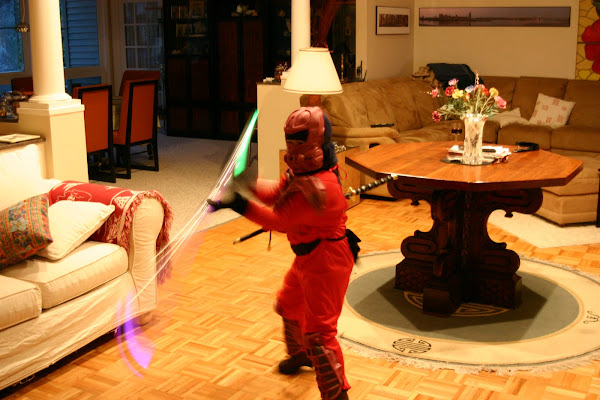

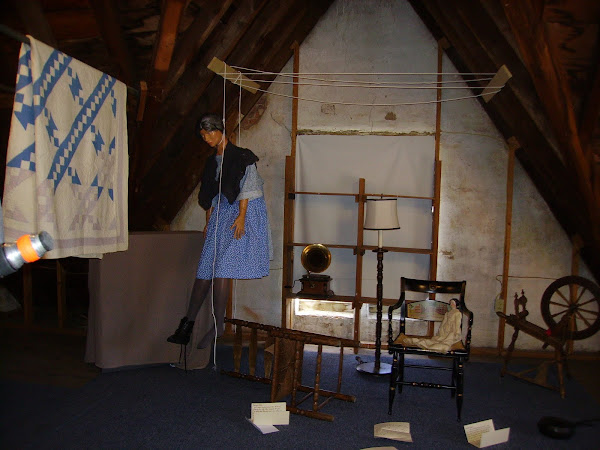
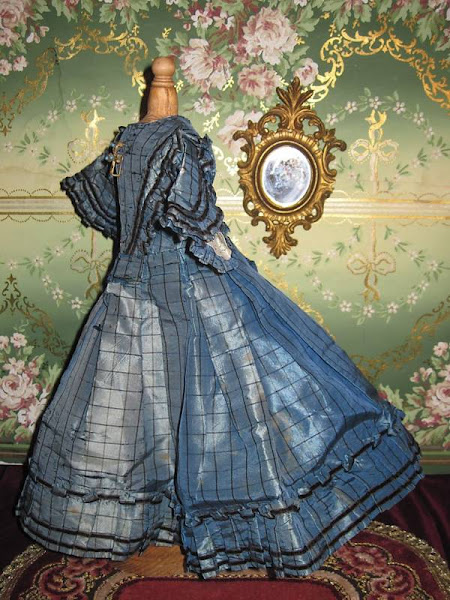wCWk~%24(KGrHqV,!h8Ew5GsnS3dBMUy3MzVPg~~_3.jpg)


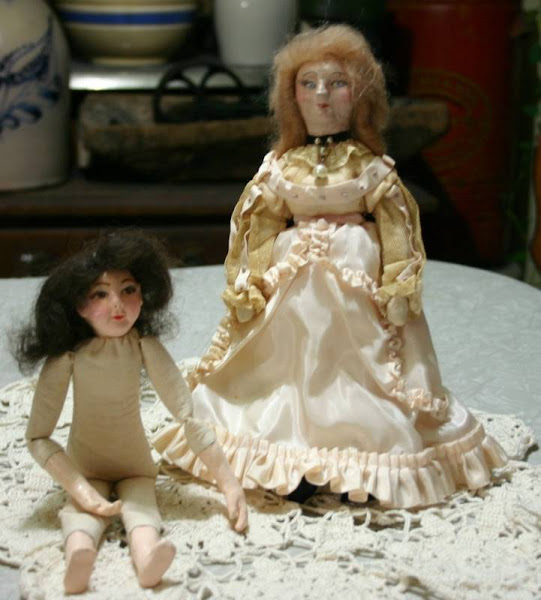









































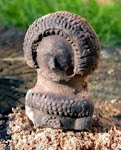
















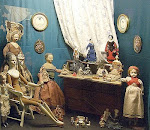



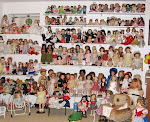
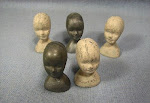



No comments:
Post a Comment